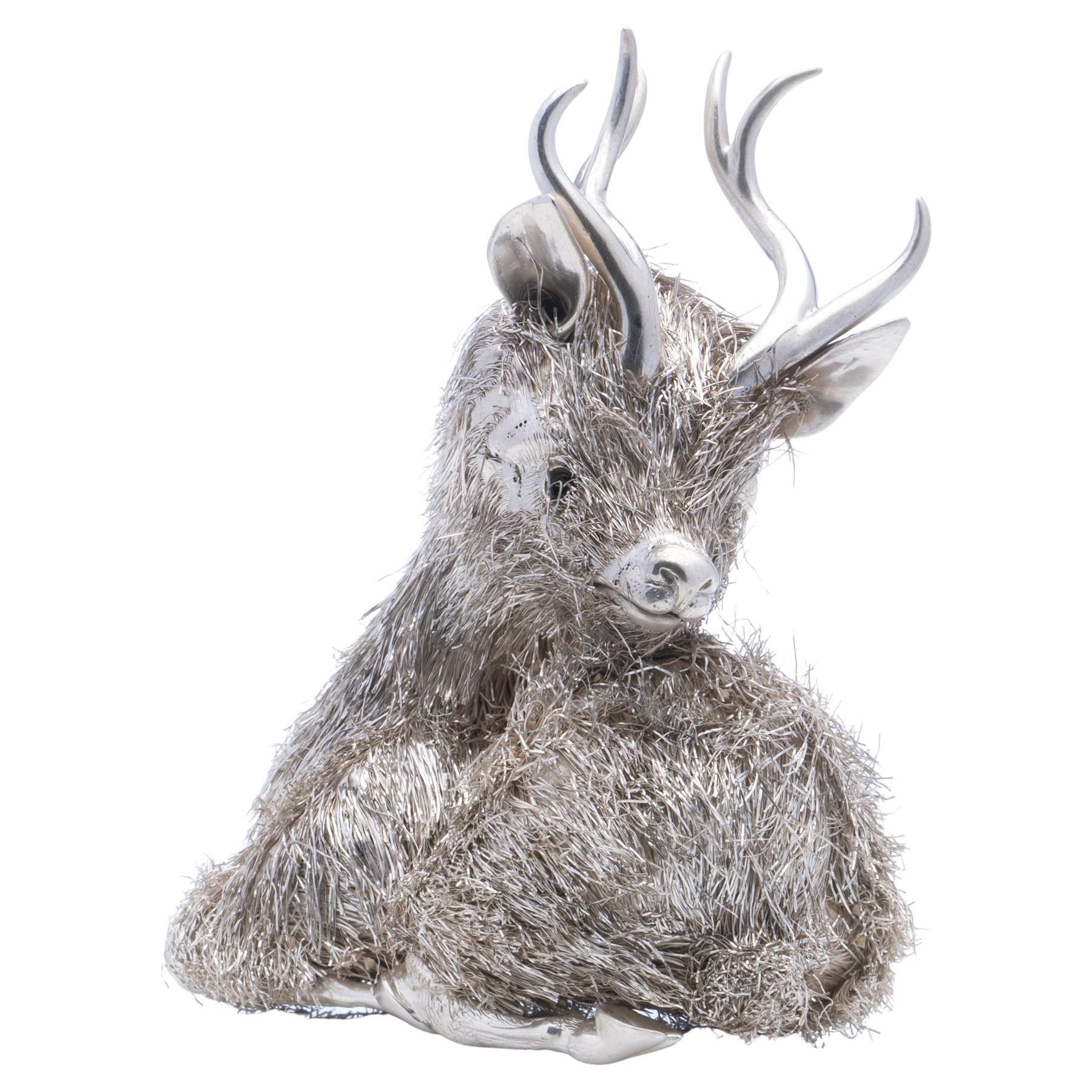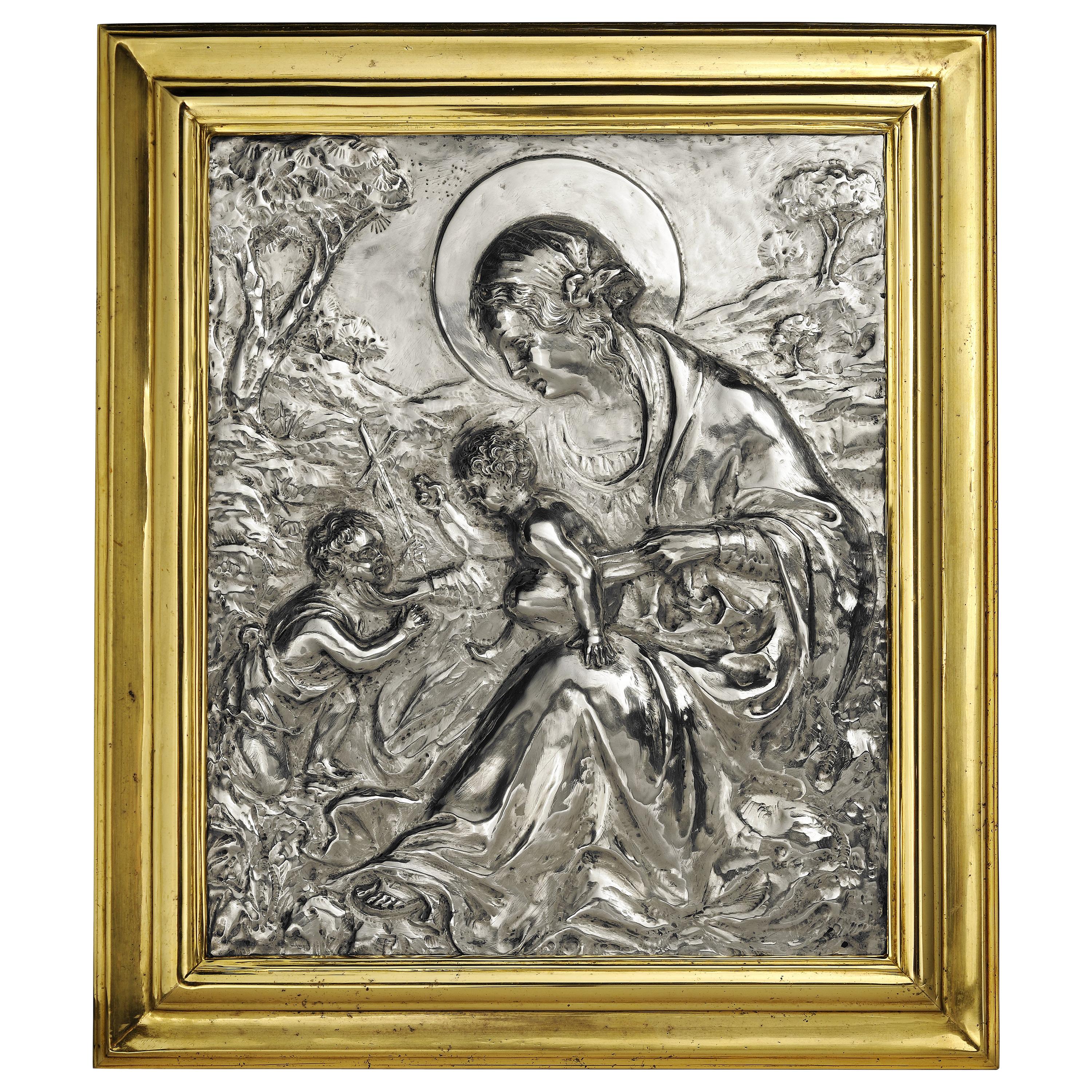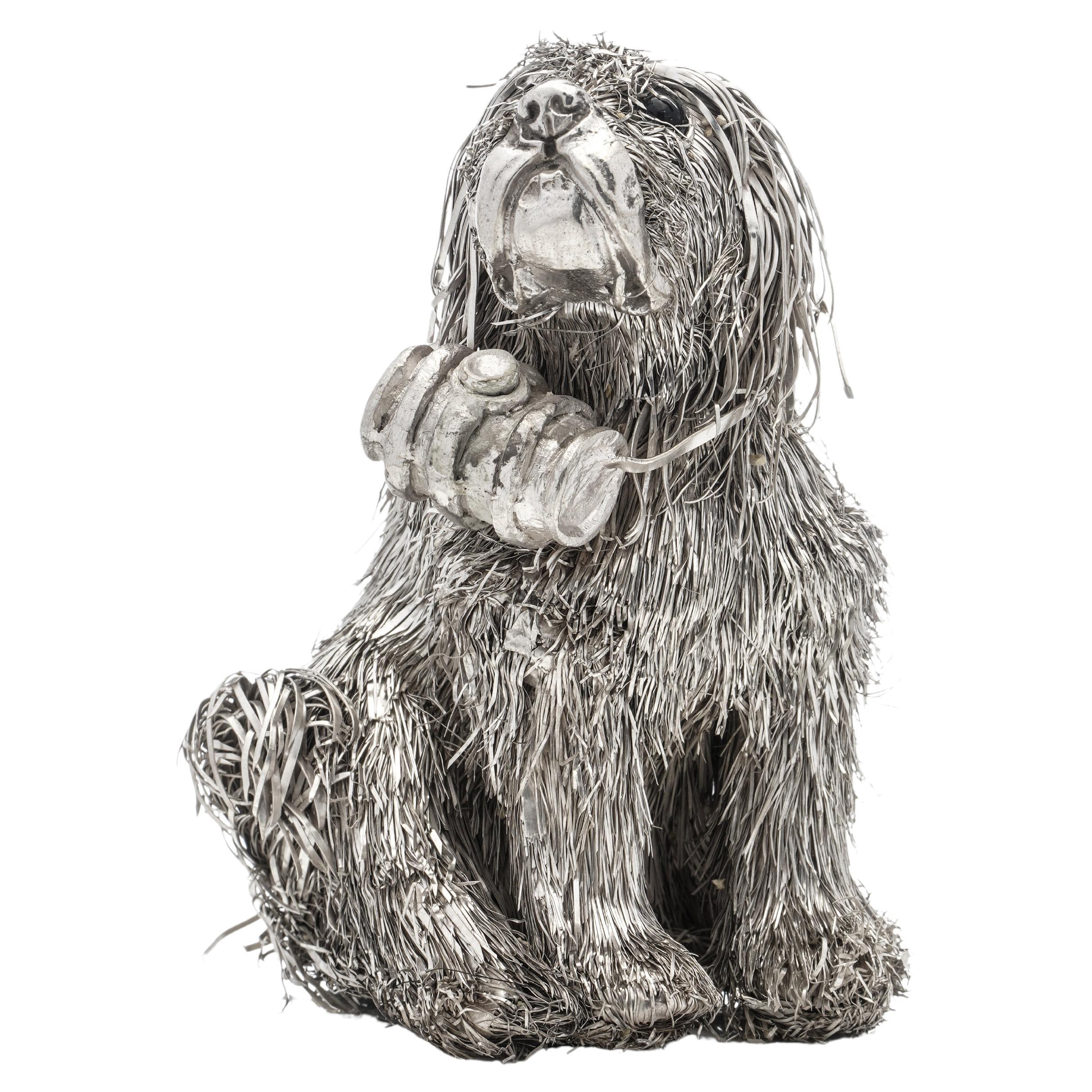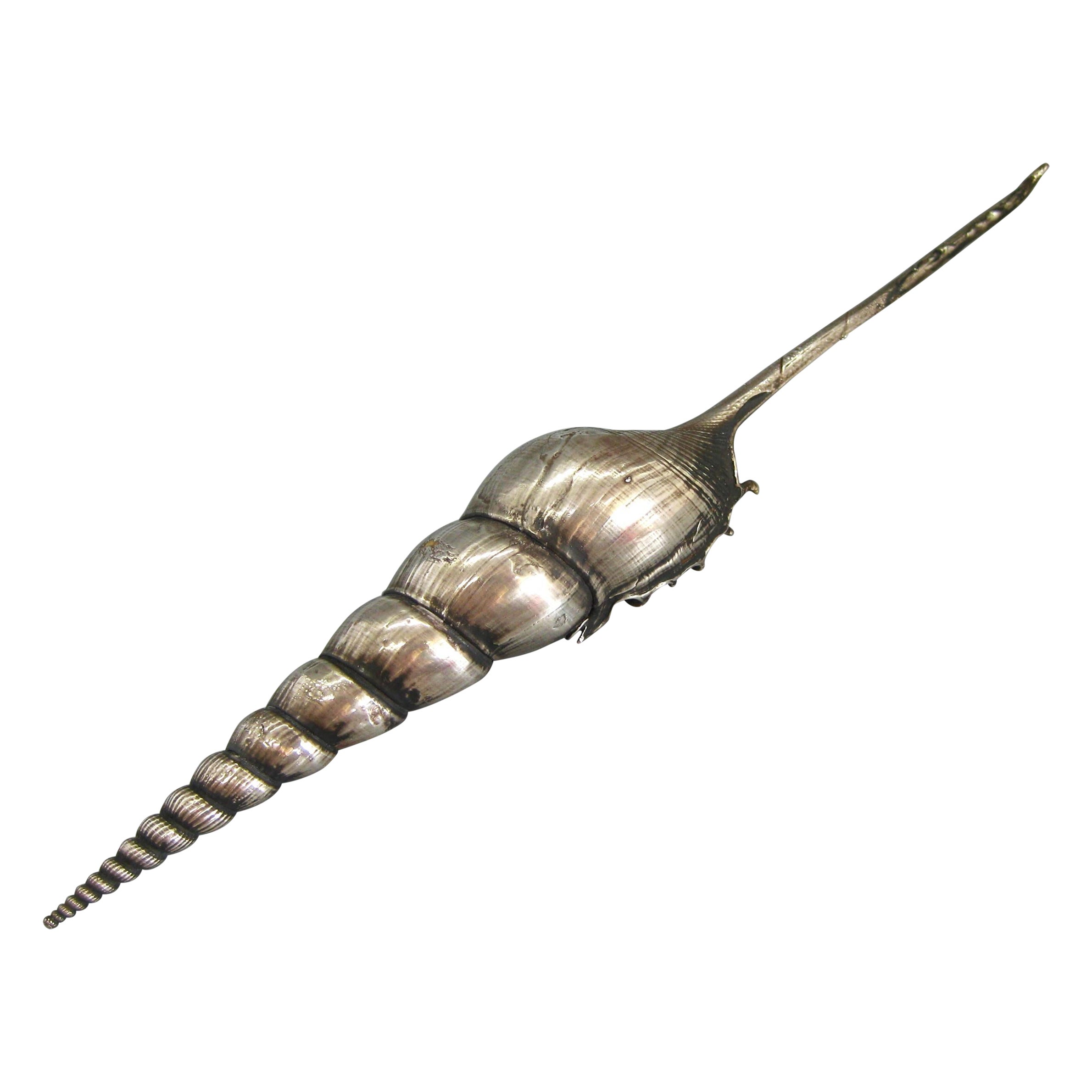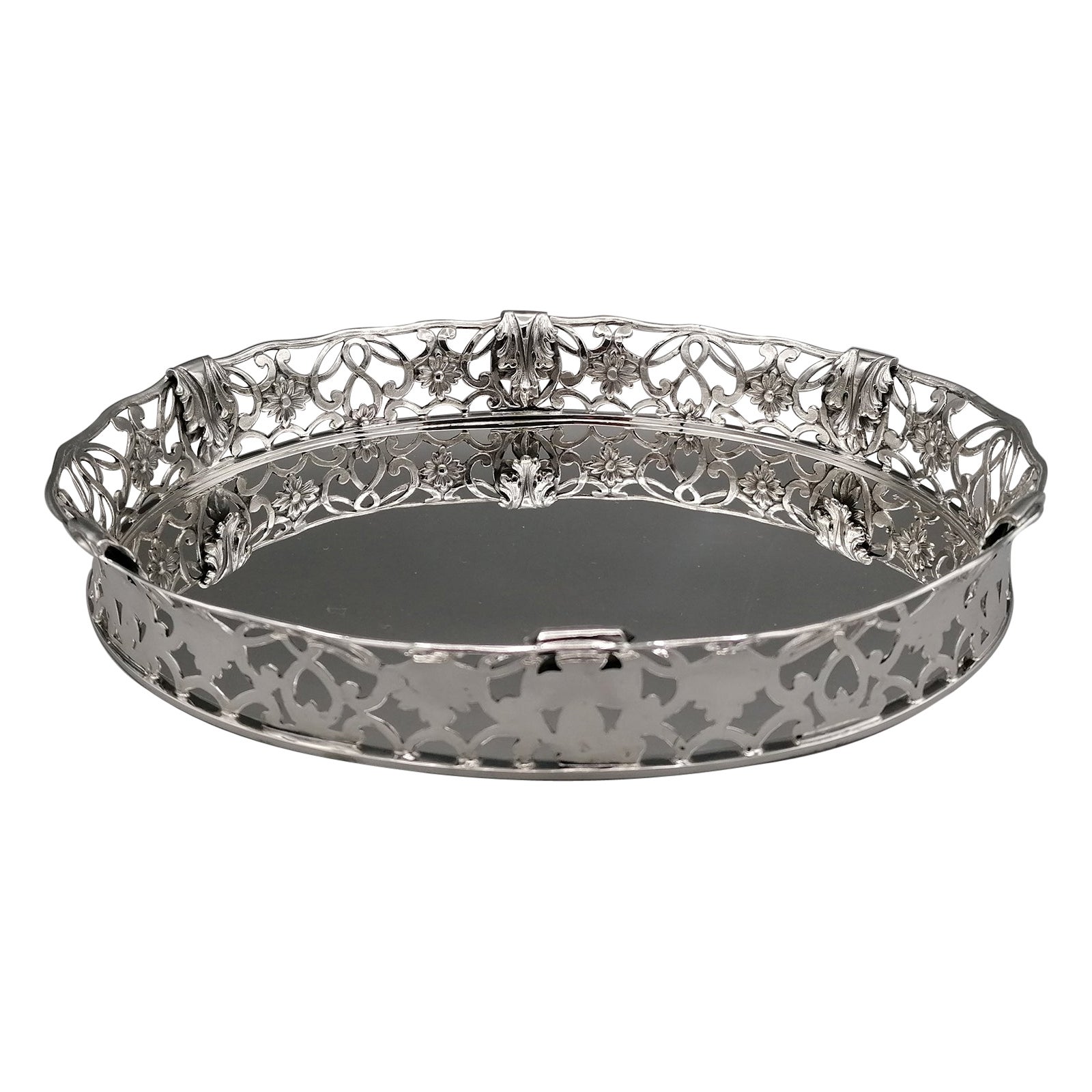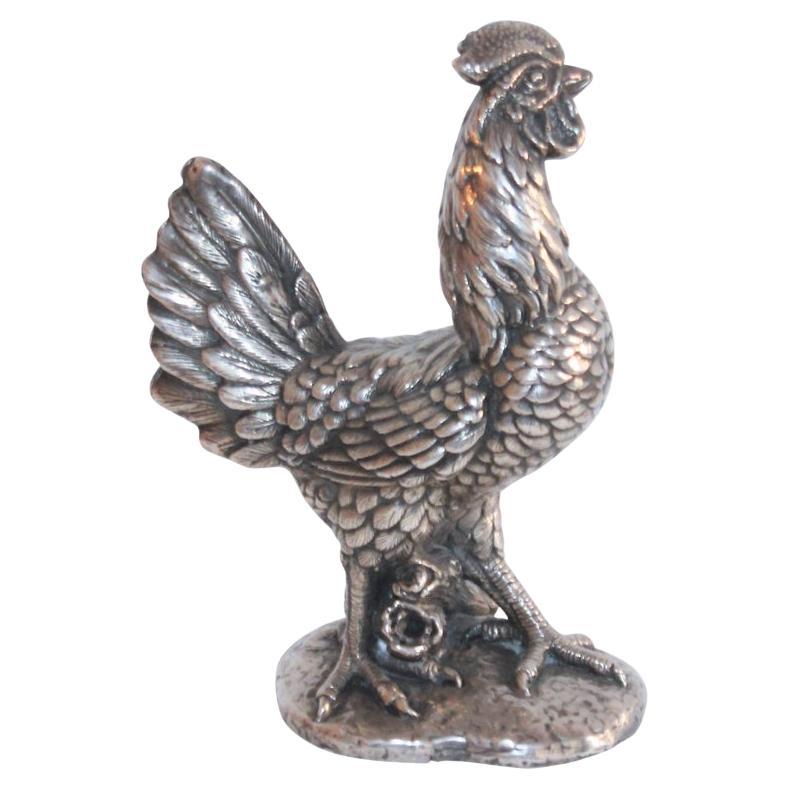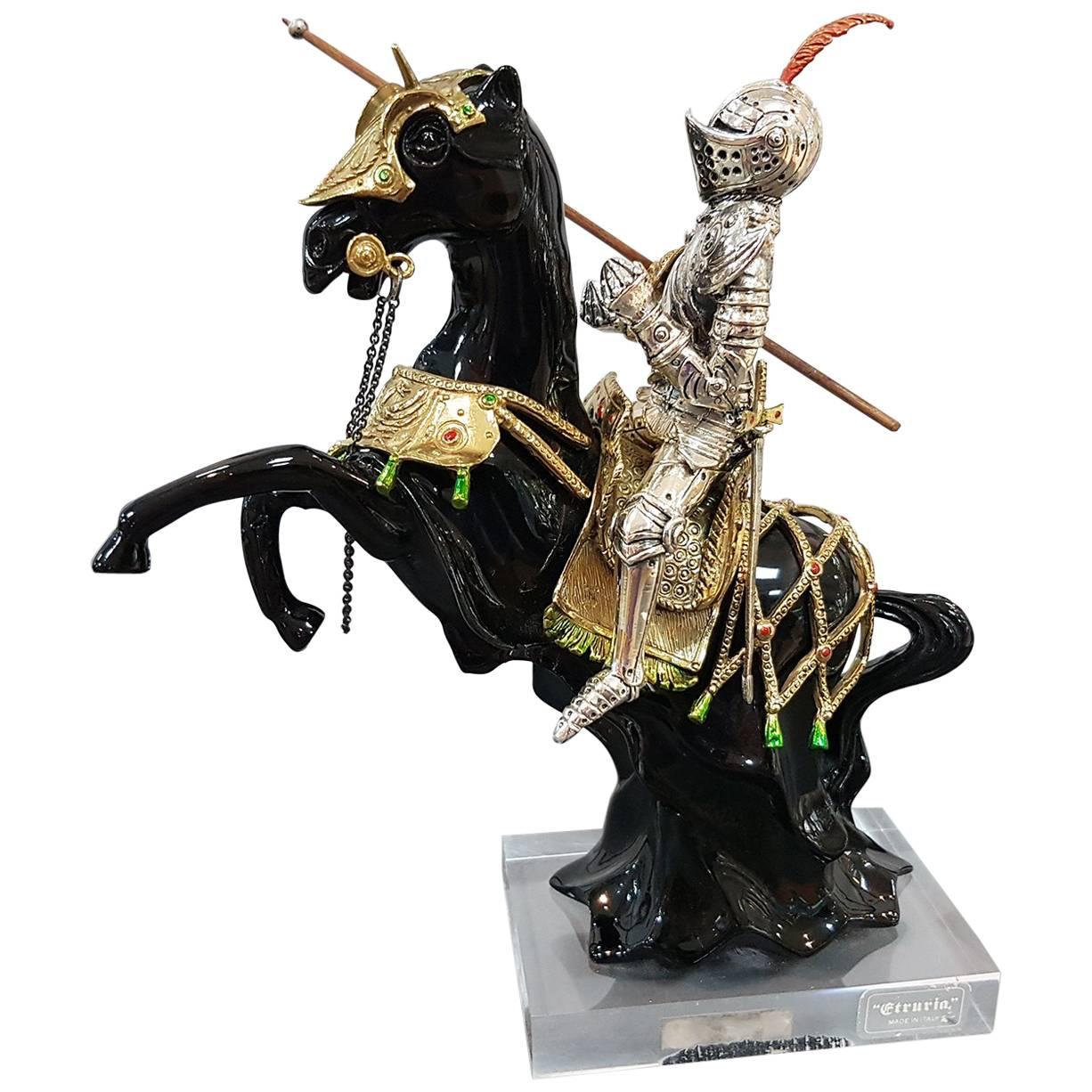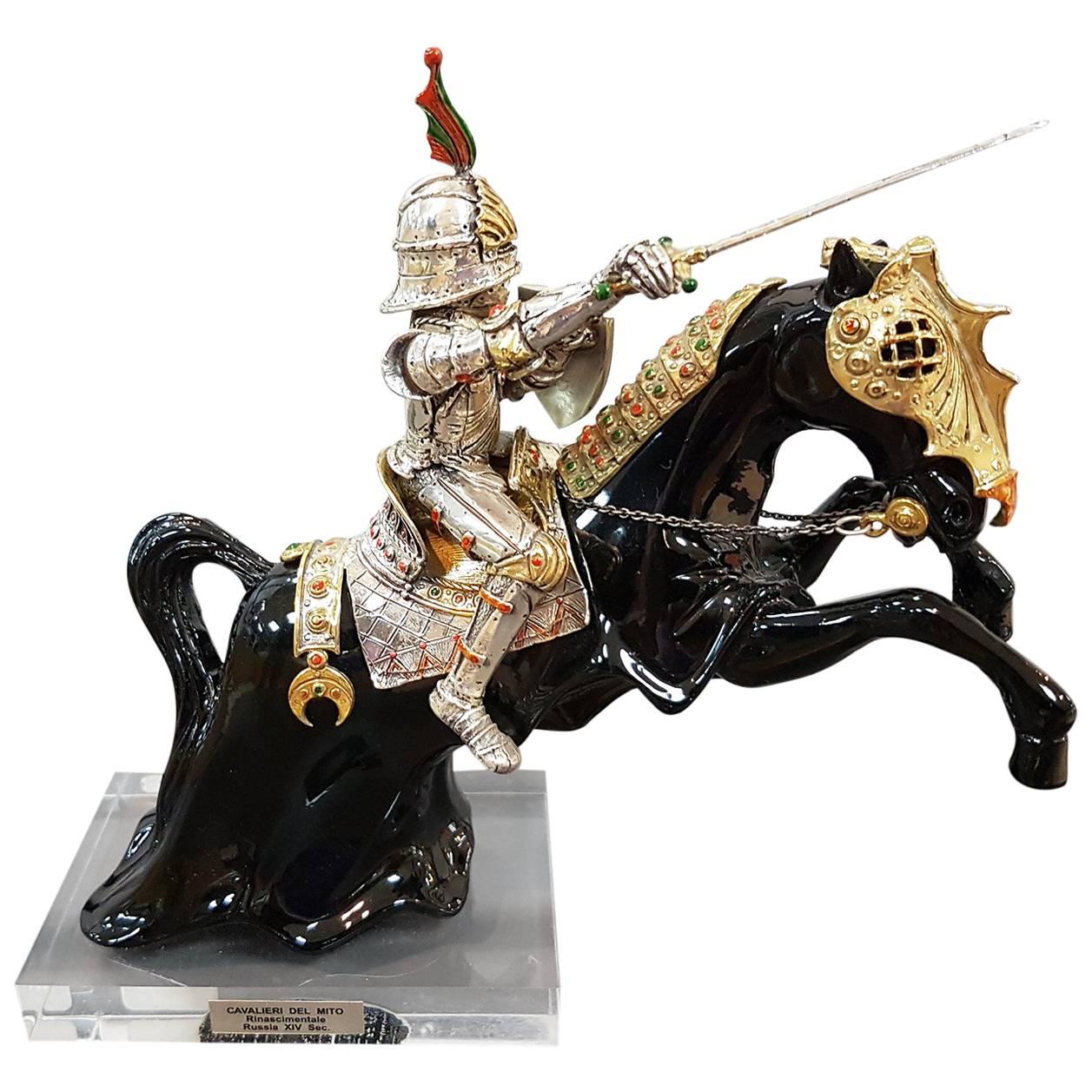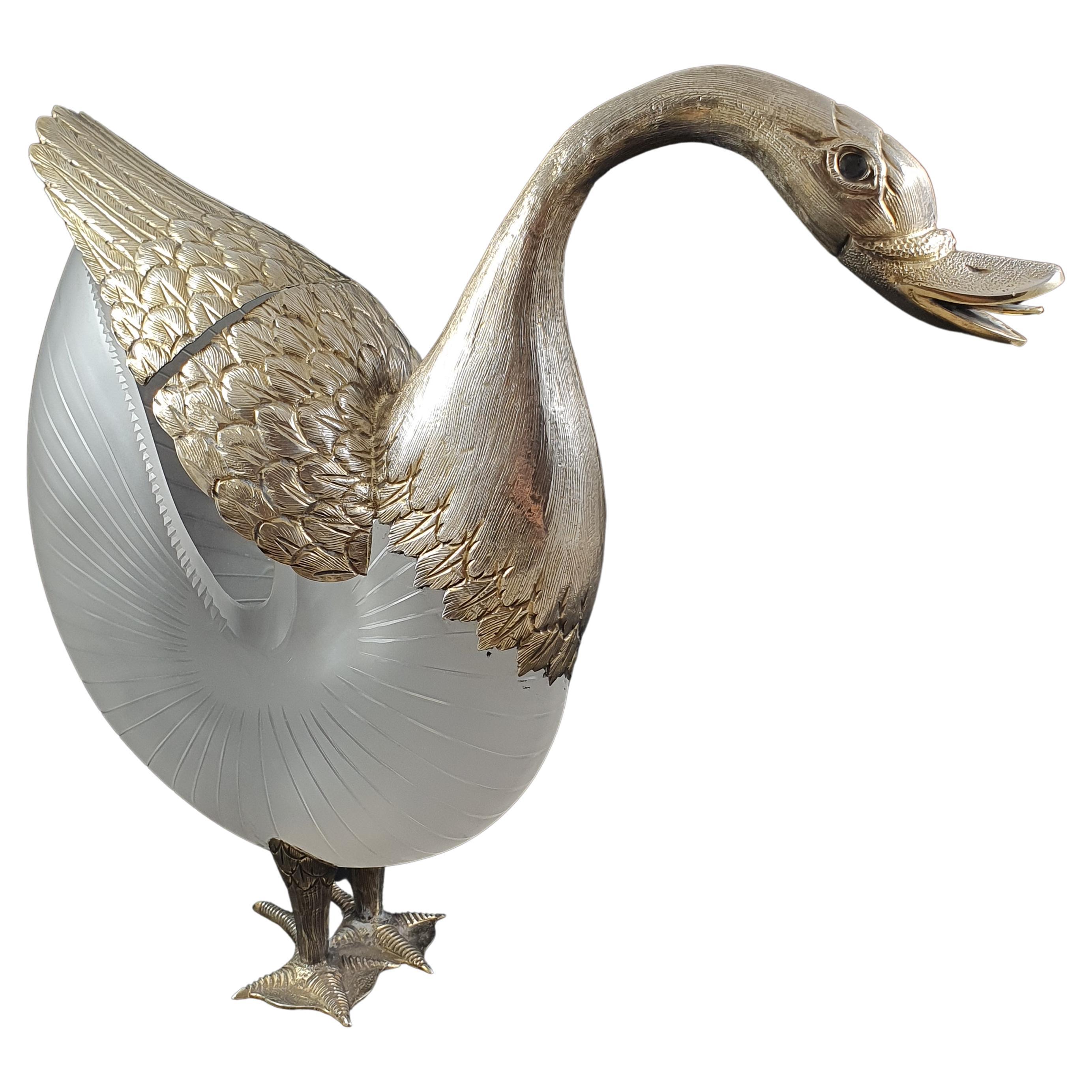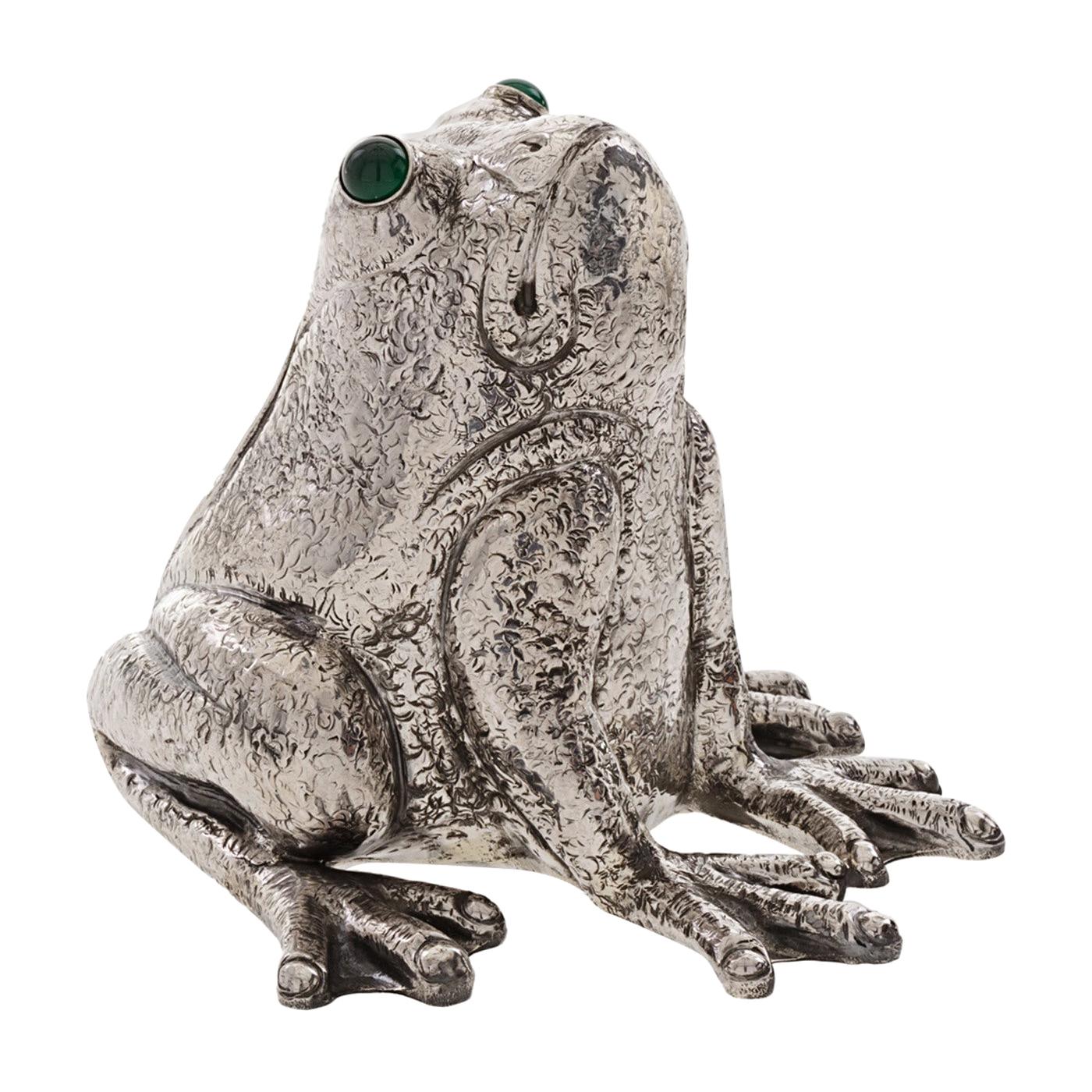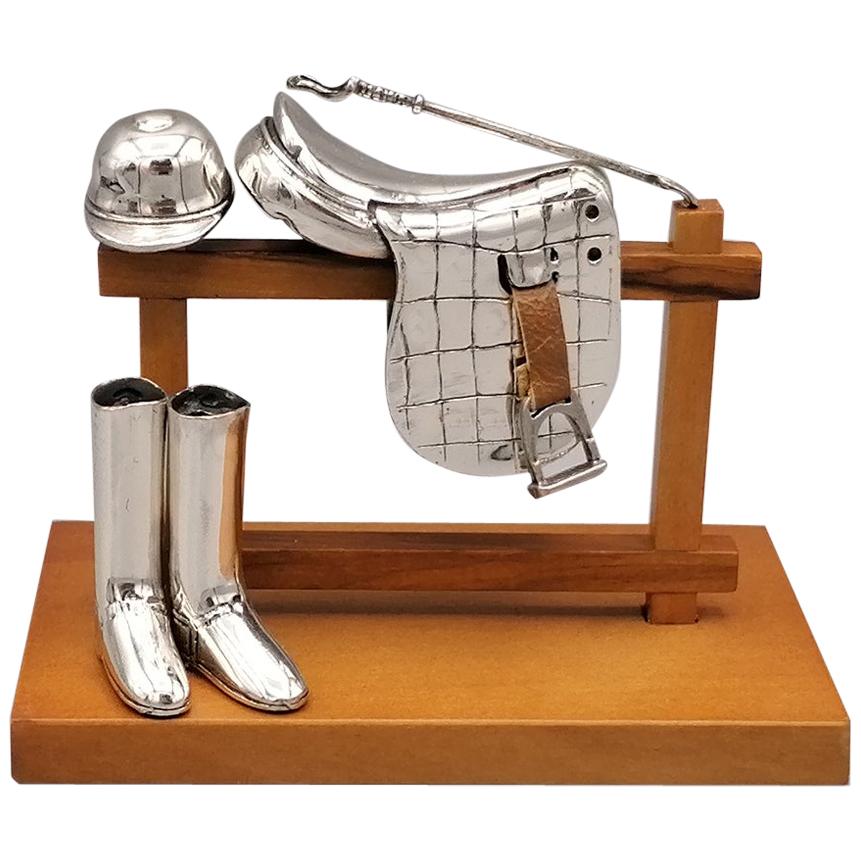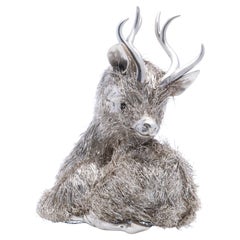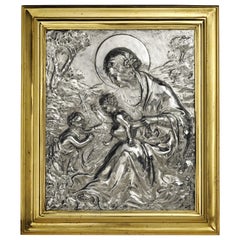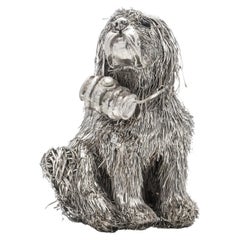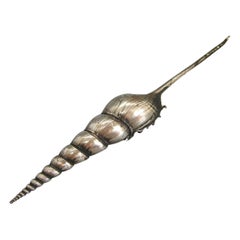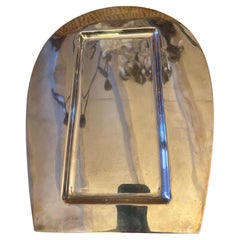
Carimati Italian Sterling Silver Tray
View Similar Items
Video Loading
1 of 5
Carimati Italian Sterling Silver Tray
About the Item
- Dimensions:Height: 12.5 in (31.75 cm)Width: 9.88 in (25.1 cm)Depth: 0.25 in (6.35 mm)
- Materials and Techniques:
- Place of Origin:
- Period:
- Date of Manufacture:Mid 20th C.
- Condition:Wear consistent with age and use. Vito Giallo Antiques sticker present on back.
- Seller Location:Brooklyn, NY
- Reference Number:1stDibs: LU7758232644162
Authenticity Guarantee
In the unlikely event there’s an issue with an item’s authenticity, contact us within 1 year for a full refund. DetailsMoney-Back Guarantee
If your item is not as described, is damaged in transit, or does not arrive, contact us within 7 days for a full refund. Details24-Hour Cancellation
You have a 24-hour grace period in which to reconsider your purchase, with no questions asked.Vetted Professional Sellers
Our world-class sellers must adhere to strict standards for service and quality, maintaining the integrity of our listings.Price-Match Guarantee
If you find that a seller listed the same item for a lower price elsewhere, we’ll match it.Trusted Global Delivery
Our best-in-class carrier network provides specialized shipping options worldwide, including custom delivery.You May Also Like
Mario Buccellati Italian 925 Sterling Silver Fallow, Deer Figurine
By Mario Buccellati
Located in Braintree, GB
Mario Buccellati Italian 925 sterling silver fallow - deer figurine.
Made in Italy, circa 1950s
Fully hallmarked.
Dimensions:
Length x width x...
Category
Vintage 1950s Italian Sterling Silver
Materials
Silver
19th Century Italian Sterling Silver Madonna, circa 1830
Located in Milano, IT
Embossed and engraved silver plaque
La Madonna del lago (The Madonna of the Lake)
Probably Milan, post 1824
Brass frame
It measures 16.14 in x 13.85 in (41 x 35.2 cm) and it weighs 10.357 pounds (4.698 g): silver 1.31 pounds (598 g) + brass 9.03 pounds (4.100 g)
State of conservation: some abrasions on the bottom. The frame is old, but not original.
The plaque is made up of a sheet of embossed and engraved silver, and held in a solid brass frame. It depicts the “Madonna del lago” – “Madonna of the Lake” - (the Madonna with Child and San Giovannino) by Marco d'Oggiono (Oggiono, 1474 circa - Milan, 1524 circa), while changing only the background landscape. Almost certainly the subject reproduced in the plaque was taken from a famous engraving by Giuseppe Longhi (Monza, 1766 - Milan, 1831), one of the greatest engravers of his era.
The silver is unmarked, probably because originally the Madonna was due to be exposed in a church: sometimes precious metals destined for worship and liturgical use would be exempted from payment and were, therefore, not marked.
It is very likely that the plaque was made in Milan because in this city in 1824 the engraving by Giuseppe Longhi was made and printed. In addition, in Milan, the alleged lost painting by Leonardo da Vinci in his Milanese period (1482-1500) would be produced; this is the painting from which Marco d'Oggiono took his version.
The painting
Marco d?Oggiono was one of Leonardo da Vinci's most brilliant students and collaborators (D. Sedini, Marco d’Oggiono, tradizione e rinnovamento in Lombardia tra Quattrocento e Cinquecento, Roma 1989, pp. 151-153, n. 56; p. 225, n. 124, with previous bibliography). His style reflects in every way that of the Tuscan Maestro, so much so that he was the one who executed some copies of da Vinci's paintings. The execution of the “Madonna del Lago” probably draws inspiration from a lost painting by the Maestro, created while he was living in Milan (1482-1500). There are many similarities with other works by Leonardo such as the “Vergine delle rocce” or the “Vergine con il Bambino e San Giovannino, Sant’Anna e l’Agnello”.
The painting, from which the drawing and then the famous engraving were taken, is found today at the M&G Museum of Bob Jones University in Greenville, South Carolina, where it came to rest after the sale of the Harrington Collection in London in 1917.
The work appears in the inventories of the collection of Napoleon and Joséphine Bonaparte at the castle of Malmaison, before 1809.
The Malmaison building was born and developed in the 17th and 18th centuries. In the 18th century it belonged to Jacques-Jean Le Coulteux du Molay, a wealthy banker. Later, during the Directory, Joséphine Bonaparte de Beauharnais bought it on April 21st, 1799, but settled at the castle definitively only after her husband separated from her in 1809. She remained there until 1814, the year of her death. When Joséphine died, the estate passed to her son Eugène de Beauharnais, who moved to Munich with his whole family in 1815, bringing with him the collection of paintings he inherited from his mother. Eugène died in 1824 and his wife Augusta of Bavaria (von Bayern), unable to keep it, in 1828 sold the Malmaison to the Swedish banker Jonas-Philip Hagerman.
It is likely that in this period Augusta also sold part of the paintings inherited from her husband, including the “Madonna del Lago”. This painting then came into the possession of Leicester Stanhope, fifth Earl of Harrington (1784 - 1862) and then was passed down to his descendants.
In 1917, at the death of Charles, eighth Earl of Harrington, his brother Dudley inherited the title and properties and he put up a part of his collections for sale. Among these, precisely, the painting by Marco d'Oggiono was to be found.
On the occasion of that auction the painting was presented as a work by Cesare da Sesto, by virtue of a handwritten note by the Countess of Harrington on the back of the table. However, already in 1857, the German critic Gustav Waagen had identified Marco d'Oggiono as the author of the painting, then exhibited in the dining room of Harrington House in London (Treasures of Art in Great Britain, in 4 volumes, London, 1854 and 1857).
The engraving
Giuseppe Longhi was one of the most renowned engravers in Italy between the end of the 18th century and the first quarter of the 19th century.
In 1824 Giuseppe Longhi, based on a design by Paolo Caronni, made a famous engraving of the painting of Marco d?Oggiono. The activity of Longhi was then at the peak of his notoriety, enough to earn him very substantial commissions; it is not risky to suppose that some of his successful engravings were also reproduced using other means: in our case in silver. (A. Crespi, a cura di, Giuseppe Longhi 1766–1831 e Raffaello Morghen...
Category
Antique 1820s Italian Neoclassical Sterling Silver
Materials
Sterling Silver, Brass
Mario Buccellati Italian 925 Sterling Silver St Bernard's Dog Figurine
By Mario Buccellati
Located in Braintree, GB
Mario Buccellati Italian 925 sterling silver St Bernard's dog sculpture.
Made in Italy, circa 1950s
Fully hallmarked.
The silver sculpture of a St. Bernard dog with a barrel ar...
Category
Vintage 1950s Italian Sterling Silver
Materials
Sterling Silver
1980s Ruzzetti & Gow Italian Sterling Silver Spingle Tibia Fusus Shell
By Karl Springer
Located in San Diego, CA
Stunning vintage 1980s original Ruzzetti & Gow Italian sterling silver wrapped spindle tibia shell is 8.5" long. Has the original tag inside. Excellent table top decorative object. G...
Category
Vintage 1980s Italian Natural Specimens
Materials
Sterling Silver
21thc Italian Sterling Silver Italian Basket, Tray
By PRIA & SARI
Located in VALENZA, IT
Completely handmade sterling silver oval basket. The basket or tray shape is decorated with a border made with the fusion technique and subsequently chiseled and engraved. The border...
Category
Early 2000s Italian Other Decorative Baskets
Materials
Sterling Silver
$2,076 Sale Price
20% Off
Sterling Silver Rooster Sculpture
Located in Los Angeles, CA
This sterling silver heavy hollow body rooster figure is signed 925 on the base and is in fine condition.
Beautifully made and proportioned well. Great patina.
Category
20th Century American Folk Art Sterling Silver
Materials
Sterling Silver
$1,196 Sale Price
20% Off
